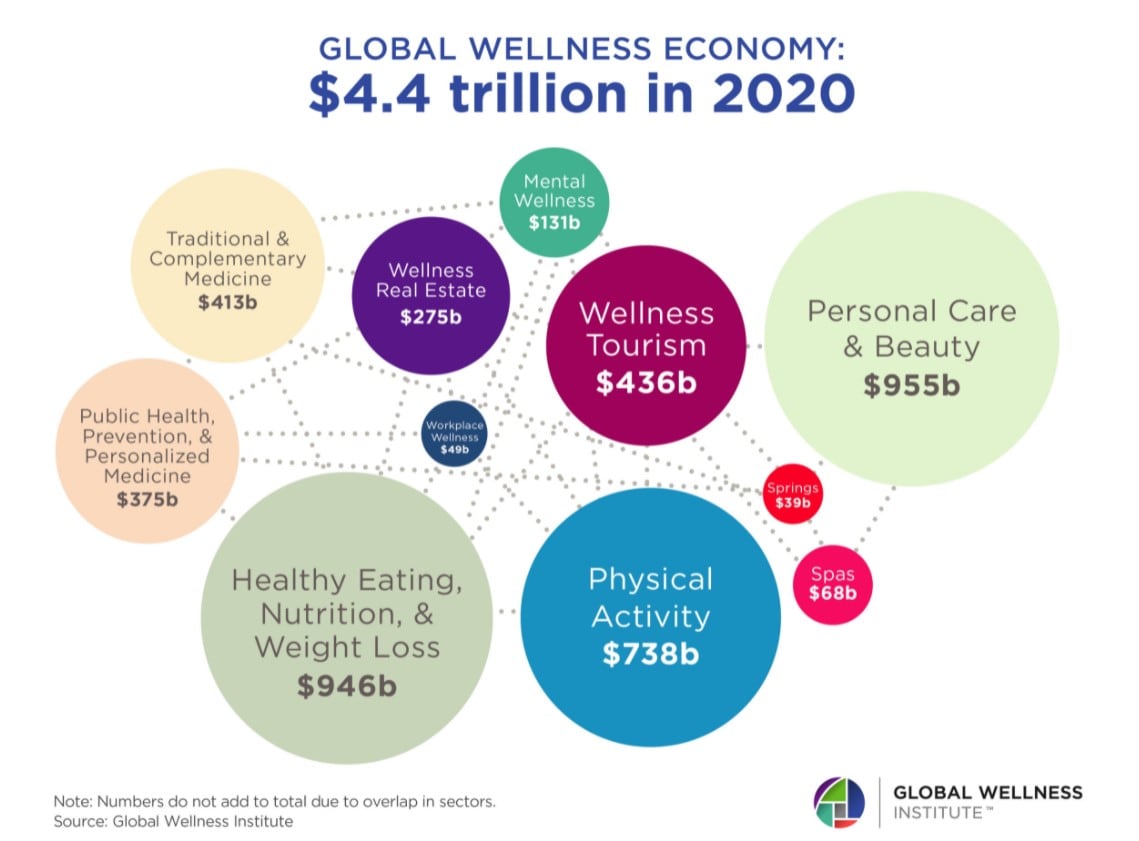“This is a long game and CRN has been playing it for the past 11 years,” said James Griffiths, PhD, senior vice president if scientific and regulatory affairs for the Council for Responsible Nutrition.
For the past decade the Council for Responsible Nutrition - International has been presenting a scientific symposium for delegates attending the annual Codex Alimentarius (Codex) Committee on Nutrition and Foods for Special Dietary Uses (CCNFSDU). In 2020, the symposium was for the first time presented as a series of webinars because of the global pandemic, which prevented an in-person meeting.
Ponderous CODEX process
Griffiths said it takes a long time to influence any public policy body. And the CODEX meeting, being a United Nations of sorts when it comes to nutrition, is perhaps exceptional in that regard.
Delegates to these meetings often need to appear on the official minutes to justify trips taken at taxpayers’ expense. So Griffiths said part of the process is sitting through statements and speeches that function mostly as placeholders without losing sight of the ultimate goal, which is to nudge global public policy on nutrition toward changes that could result in a healthier world with a lower disease burden.
“The goal is to move the needle with regard to public policy,” Griffiths said. “We’re trying to encourage the delegates to do something in the public health area that can ultimately be of benefit to the population at large.”
Demographic bulge will need innovative solutions
The need to make changes in nutrition policy is becoming more pressing as the world enters an unprecedented era when populations in almost all countries are aging. Soon a ‘demographic bulge’ will present policy makers with hard choices in which there will be more elderly individuals with fewer younger people to care for them, and fewer wage earners to pay the taxes to support the whole enterprise.
The causes of this bulge are well known. Modern medicine and sanitation in developed countries has cut infant mortality and has reduced the likelihood of dying young, which is coupled with a steep lowering of birth rates.
Aging populations spreading across globe
These changes are now showing up in developing countries, too. In a recent paper that detailed the proceedings of CRN-I’s 2020 symposium, the authors (of which Griffiths is one) laid out a case study for Brazil. In the early 1950s the life expectancy at birth in Brazil was just 50 years. Today it has increased to 77 years. At the same time the fertility rate has dropped from 6.1 children per woman to 1.7, which is well below the replacement rate of 2.1.
This means Brazil’s population, like that of many countries, will at some point in the coming decades reach a peak and then begin declining.
Those changes are well along on some developed countries. The population of Italy, for example, is expected to decline from about 60 million today to less than 48 million in 2070.
The question becomes then, how to best support those aging individuals? What changes in nutrition policy can be encouraged to keep them as healthy as possible, both for their own sake and for that of their society at large?
The paper argues that concentrating on the delivery of specific nutrients can benefit this aging group and, indeed, the population as a whole, assuming that basic caloric and macronutrient intake needs are met. It lays out the science behind the effects of protein and amino acids, omega-3 fatty acids, and Vitamin D, and includes a discussion of the role of polyphenols in the diet.
Protein to combat sarcopenia
Additional protein and/or amino acid intake could play a major role in alleviating sarcopenia, the paper argues. Sarcopenia, which is the gradual wasting of muscle tissue and loss of strength in older individuals, is a relatively new term, only having been coined in the 1990s. But it has come to be seen as a major risk factor in loss of independence. The paper notes that a recently developed creatine dilution method to measure muscle mass is a more accurate measure of the true state of an individual’s musculoskeletal status as opposed to simply measuring lean body mass. That includes things like water in tissues that don’t contribute to the maintenance of adequate strength.
Evidence for omega-3s, vitamin D, polyphenols
In regard to omega-3s, the paper notes the crucial role that DHA plays in proper brain development. And in a discussion of the process of setting a nutrient reference value (NRV) for EPA and DHA, the authors note the ample evidence for the long term cardiovascular health benefits for these nutrients.
The paper also includes a discussion of the science backing the recommendation of higher vitamin D intakes. It also delves into the support for the use of polyphenols as a way to managing ‘inflammaging,’ or the process by which chronic, low-level inflammation can cause people’s ‘biological age’ to rise faster than it might otherwise.
“The end goal for this paper and the examples presented, is to establish or at least propose for regulatory consideration, public health goals to alleviate or at least ameliorate the scourges of debilitating health as one approaches the limit of our specie’s lifespan. The recommended beneficial regimens, including increased protein and amino acids, omega-3 fatty acids, Vitamin D at doses above the RDA, and (poly)phenols/antioxidants, needs more research. Astute consumers could evaluate the personal advantages to adopting one or more of these academic recommendations, and the data would suggest a longer life in good health for that individual,” the authors wrote.
“Society’s response to population aging will require a vision to harness the years spent in ‘good health’ (e.g., the healthy life expectancy) to those hoped for extra years of life. In essence not only more years to life but also more life to years. A fundamental transformation in public policies and institutions is required to ensure a future that celebrates diversity yet narrows health inequities, within and across countries,” they concluded.
Source: European Journal of Nutrition
60, pages 1–17 (2021)
Science-based policy: targeted nutrition for all ages and the role of bioactives
Authors: Kalache A, et al.




